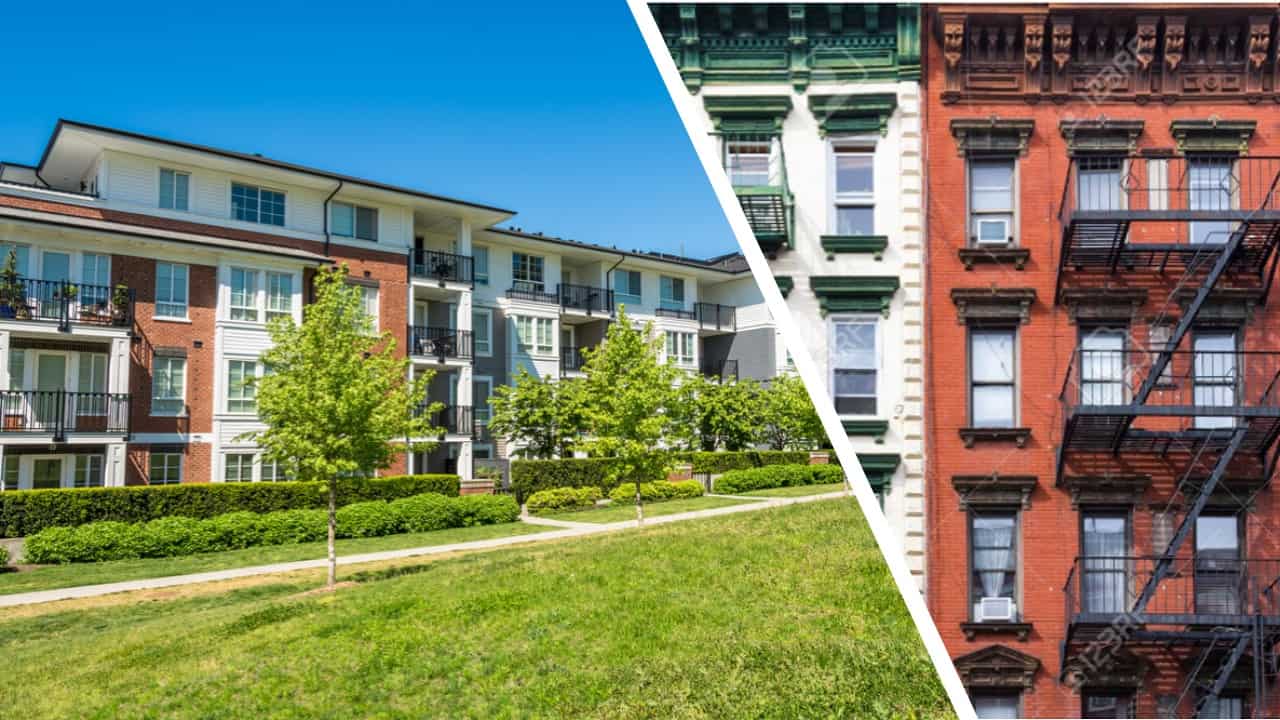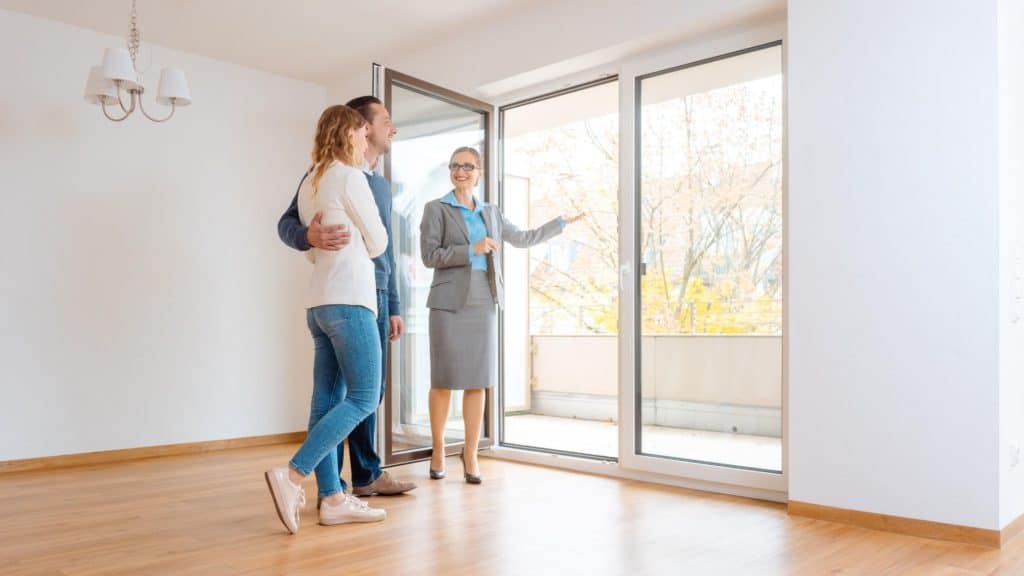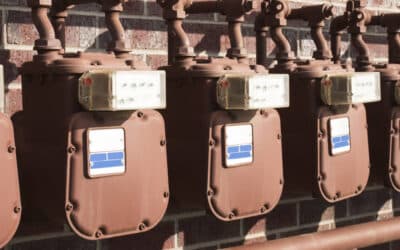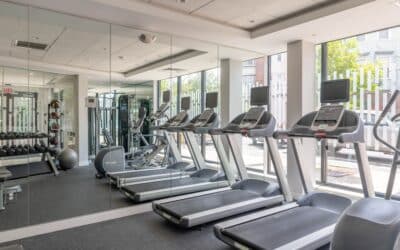From picking an area to deciding what features are important, to touring, here are the top things to evaluate before renting an apartment.
1. Neighborhood
A good first step is to pick an area or location that you think you want to live in. The area dictates and controls the search.
2. Features
Decide what features are important to you.

What type of building do you prefer? A building where you can walk up to your apartment (sometimes referred to as a garden-style apartment building), or a high-rise elevator building?
Do you need parking? Find out if parking is included, and if not, if it is available and what it costs.
Then consider what you need to live near, whether it’s stores, public transportation, parks, schools, places of worship, restaurants, highways, or something else. Decide how long of a commute you’re willing to do.
You’ll also want to determine the apartment size that work for you. Some people delineate the rooms that they need, for instance, two bedrooms, a bathroom, a kitchen, a living room, and a dining area. Others think in terms of square footage. There is no right or wrong. Use whichever parameters work best for you. Another consideration is the apartment style. Do you prefer the quaint charm of a renovated old building? Or is there another apartment style you might like?
What about the amenities? Some of the most sought-after apartments offer a pool and clubhouse, which are ideal for relaxing, working out close to home and meeting your neighbors. Also, if there is no washer or dryer in the apartment, you may want to make sure shared laundry facilities are available and convenient. Other amenities that might be important to you include 24/7 security surveillance and easily accessible parking.
If you have a cat, dog or any other pet, and want to bring them, add that to your must-haves.
Your list should include good, reliable management and maintenance services. That’s something that everyone needs, but not every apartment community provides.
3. Price
It’s one thing to know what you want, but can you afford it?
There are a couple of simple guidelines to help you determine a realistic rental budget. One recommends allocating 50% of your take-home income to essential expenses, such as rent, phone, insurance, utilities and food, 20% percent to financial expenses and goals like debt payments, savings, and investments, and 30% to day-to-day spending on things like travel, movies, shopping, eating out at restaurants.
4. Scan the Rental Market
Now you want to find out what’s available, where it is, and how much it costs. To do so, pick up a local rental guide or search for apartment websites online. Put together a list of apartments that offer everything on your checklist.
5. Perform a Reality Check
Now you know what you want. You also understand how much you can afford to pay for it and how much it might cost.

Unfortunately, if you’re like most people, there may not be an exact match between your ideal apartment and what squeezes into your budget. So now you have to consider the trade-offs you are willing to make. For instance, you might not be able to live in the trendiest neighborhood, but perhaps you could find an apartment within a short distance of it. Alternatively, the dream of a two bedroom apartment where you could use one for your bedroom and the other for a study may not be within reach. Perhaps you can make do with a one-bedroom apartment by sneaking your desk into the corner of the living room or bedroom.
After doing the reality check, you should have a refined definition of the apartment. Take another look at the apartments that are available with this in mind and come up with an appropriate list of prospects.
6. Look at the Reviews
You likely only want to visit apartments that are worth your time, so check the online reviews of all the potential residences on your list. This process may help you weed out some options that are poorly managed or maintained or noisy.
7. Visit the Finalists

You’ve done your homework, so now it’s time to visit the finalists on your apartment list. When you do, look beyond the aesthetics to the livability. That means ensuring you’re comfortable when you walk on the property, the staff seems friendly, you could envision yourself living there and it meets your criteria.
8. Compare Apartments and Ask the Right Questions
After visiting, you likely want to compare apartments, among other things, on value and location, lifestyle, and reputation.
9. Read the Lease
You’ll want to read the lease and make sure you’re comfortable with it. That means checking how the management handles utilities, the security deposit, insurance, how the lease is renewed, the terms for showing the apartment when you’re ready to move on, and more questions to ask before signing a lease.
While the task of picking an apartment may feel overwhelming, if you break it down into these steps, it’ll be a lot easier.
As you prepare for the next stage in your life and begin to get ready to move into your new home, be sure to prepare and consider these packing strategies.
Hopefully, this article provides you with a nice start. Happy Renting!





